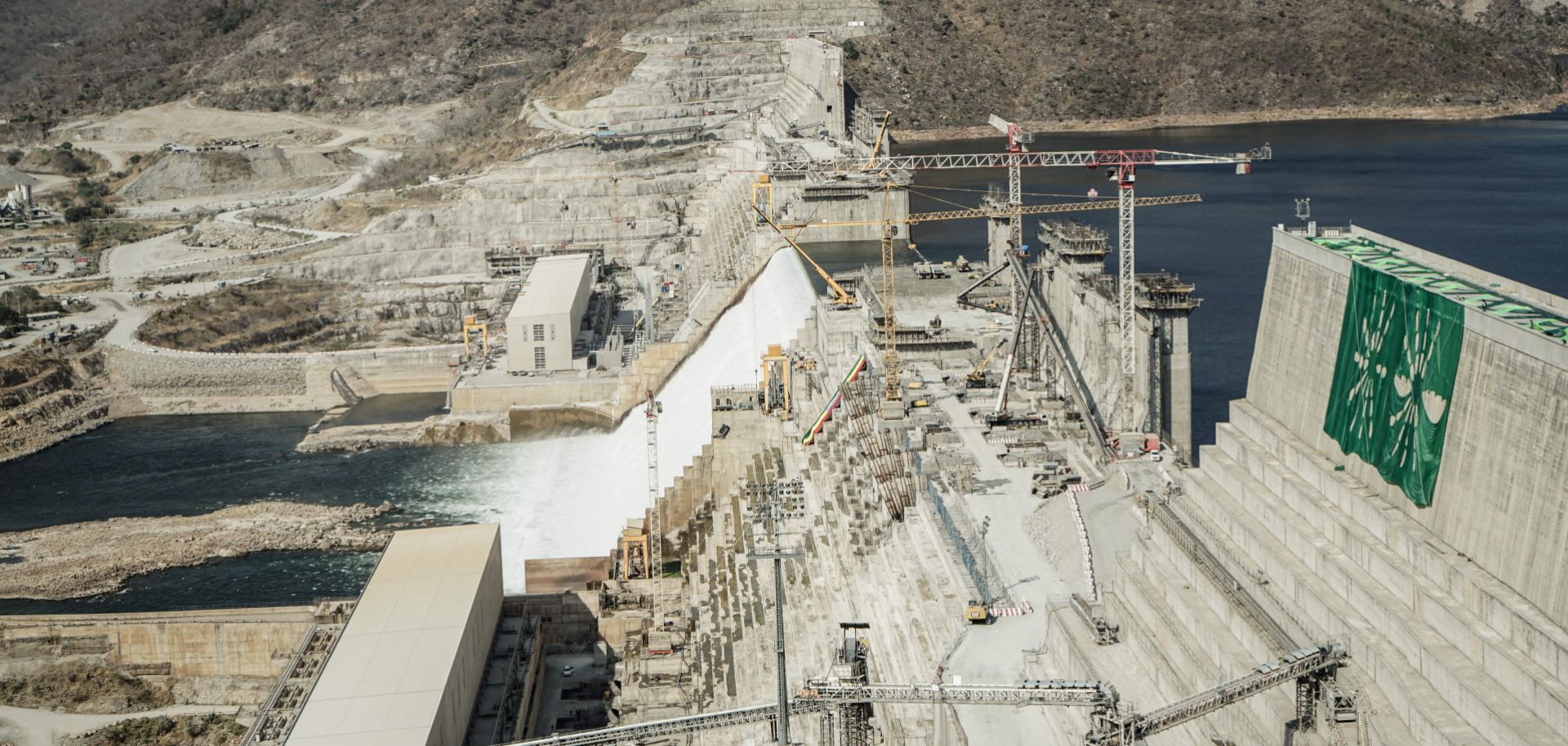Ethiopia's unilateral filling of the dam's reservoir will worsen water scarcity in Egypt and Sudan, threatening to set a dangerous precedent for regional water politics if the three states do not resume negotiations. Ethiopia completed its third filling of the Grand Ethiopian Renaissance Dam (GERD) in early August, ignoring Egypt and Sudan's emphatic objections to increasing the amount of water in the dam's reservoir to nearly a third of its total capacity of 74 billion cubic meters. This filling brings Ethiopia closer to its rumored goal of reaching the reservoir's full capacity by 2027, and is the latest round of unilateral action in a decade-long dispute. Situated in the highlands of the Benishangul-Gumuz region of northwestern Ethiopia, the GERD's annual fillings and ongoing operations will alter the flow of the Nile River, which contains more than 85% of the water passing through Sudan and Egypt. The two downstream countries --...

